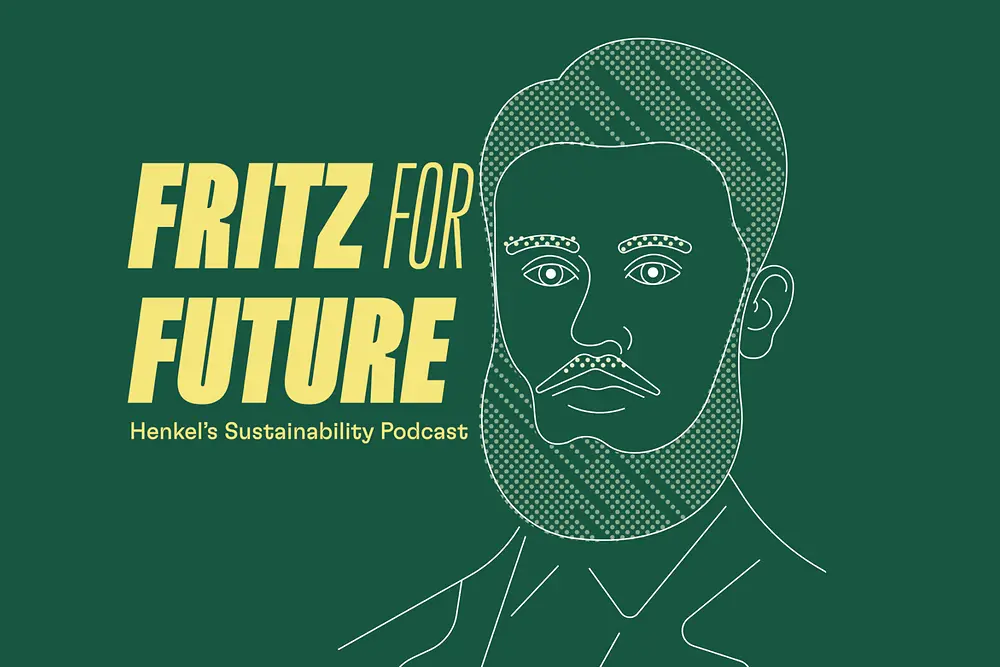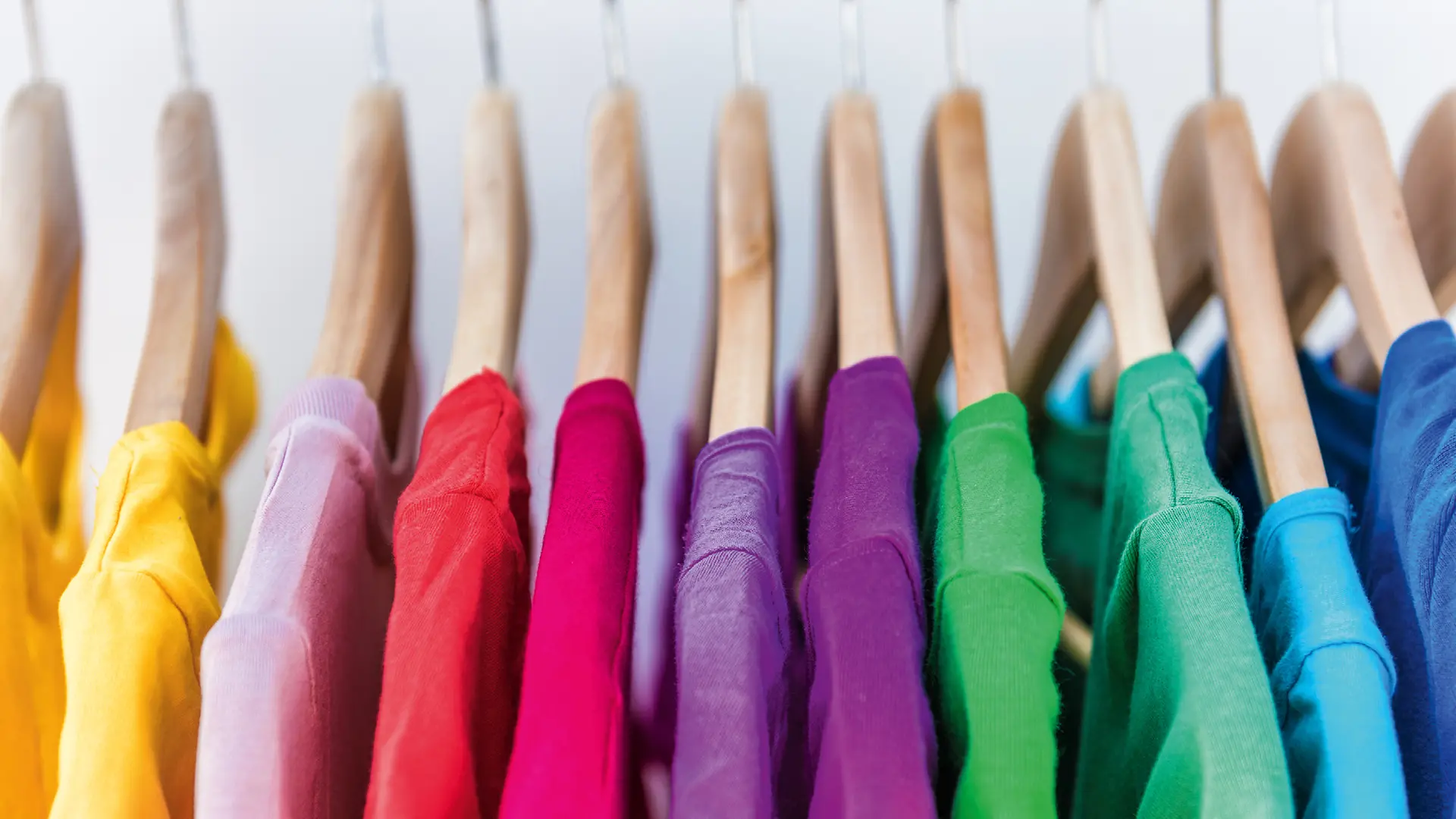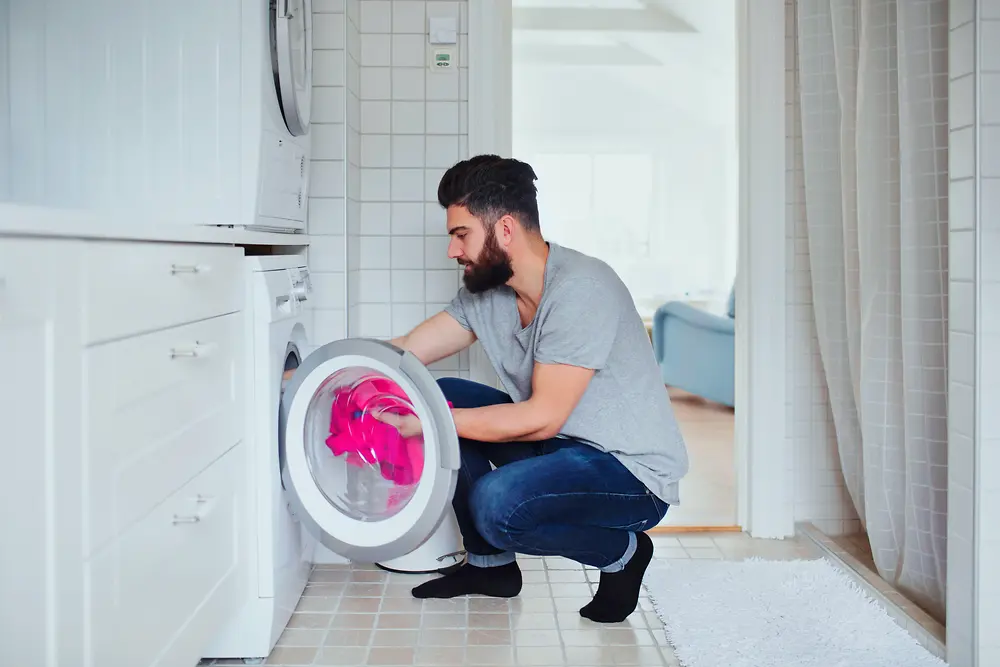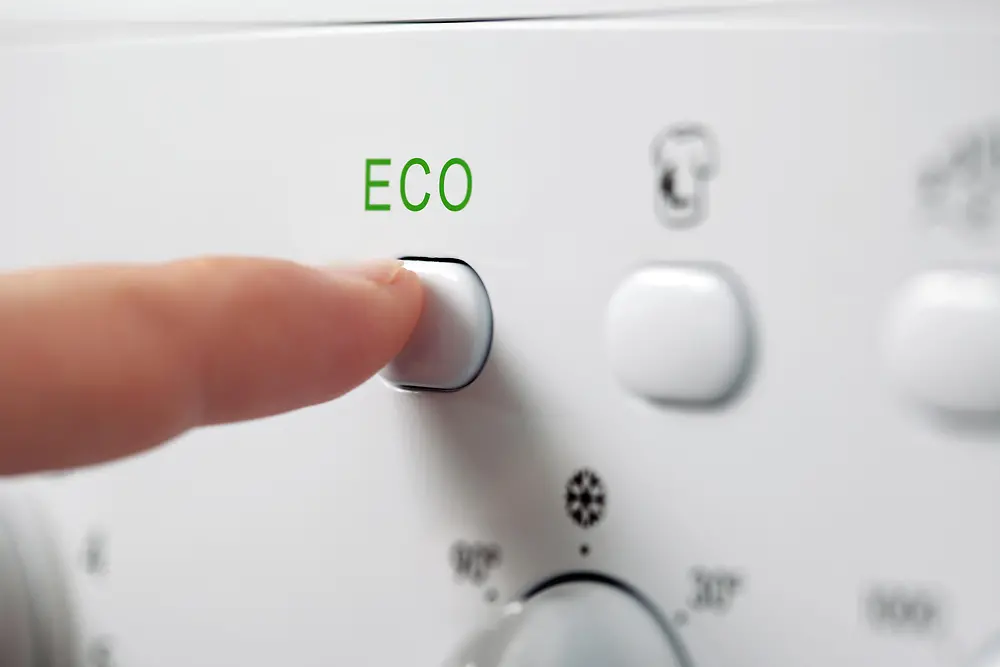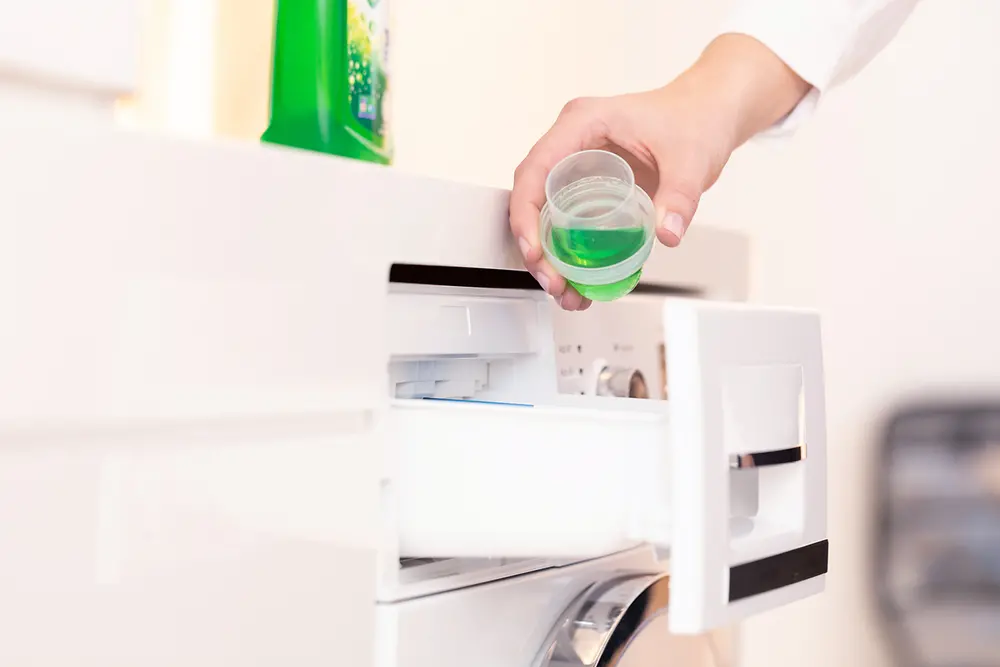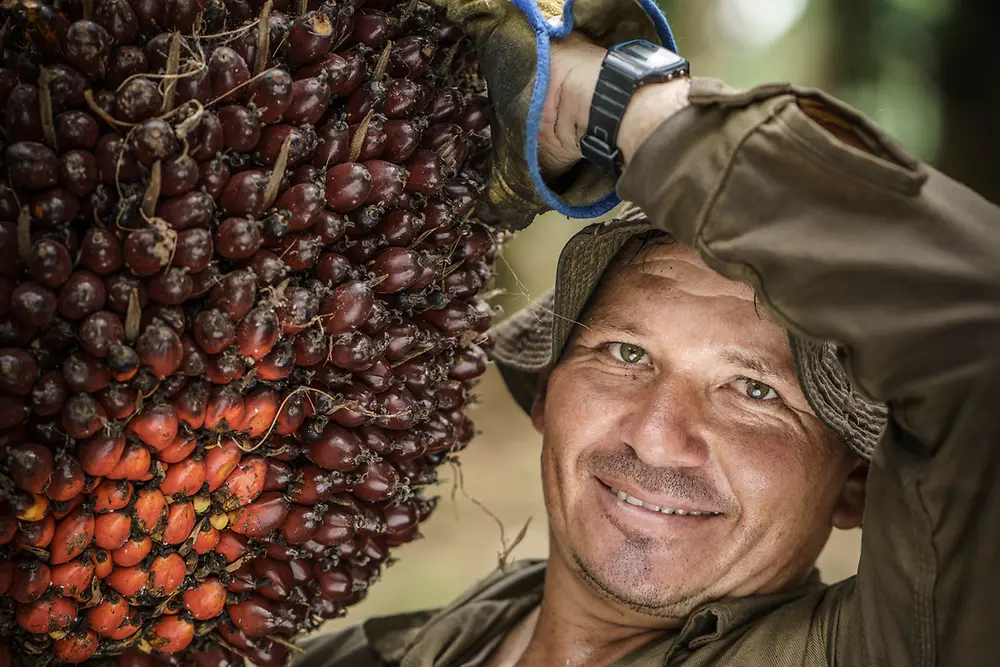Christina: The processes in the textile industry are very complex so that a transition to sustainable production is, of course, also complex. Only when all stages are sustainable – from the fiber through to the finished garment – we can call it a sustainable production and sustainable textiles. Many companies in the textile industry are increasingly scrutinizing their business models and developing new, more sustainable strategies: Resource-saving processes that reclaim water or chemicals have become a real focus, as well as waste prevention. Some companies are looking into more environmentally friendly ways of harvesting their raw materials. The topic of social responsibility is also gaining increasing significance: From better working conditions to fairer pay – all of these things are more important than ever, and I think it’s excellent! While the industry is in the process of making changes, consumers are also being asked to think about the volume of products they buy and to place more emphasis on quality. If they stay curious, there’s a wealth of new, sustainable concepts out there to be discovered.
Global textile waste is a problem that consumers can also address. Questioning our own consumption and being open to new concepts are important steps in the right direction. For example, “second-hand” clothing is currently experiencing a renaissance after reinventing itself under the name “pre-owned.” In addition, concepts that focus on repairing or renting products are making a valuable contribution to textile longevity.


